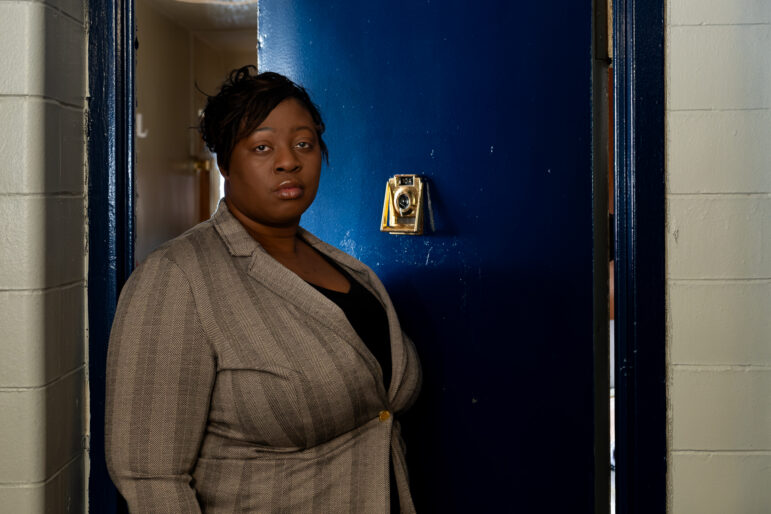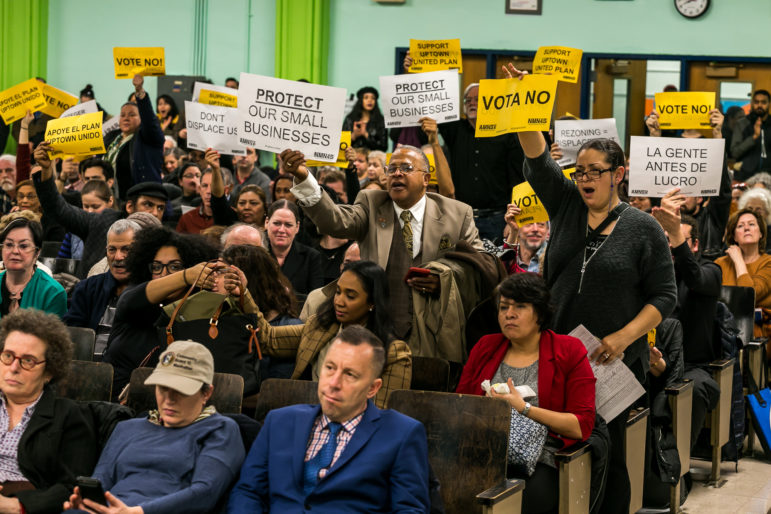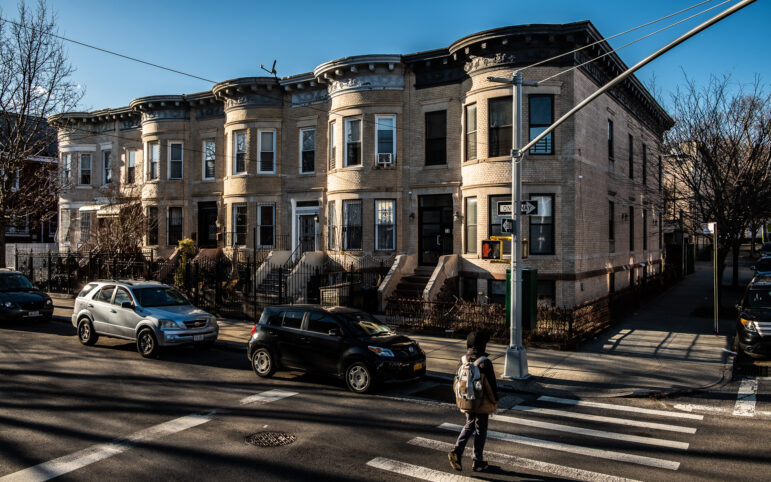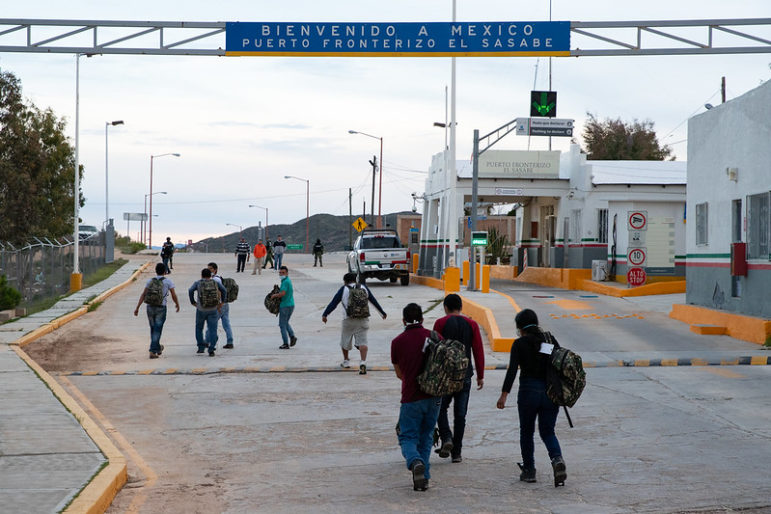The legislation would expand the criteria for town and cities to show they’re experiencing a housing emergency. Under current rules, localities can only opt into rent regulation if they conduct a survey to prove their housing vacancy rate is below 5 percent.
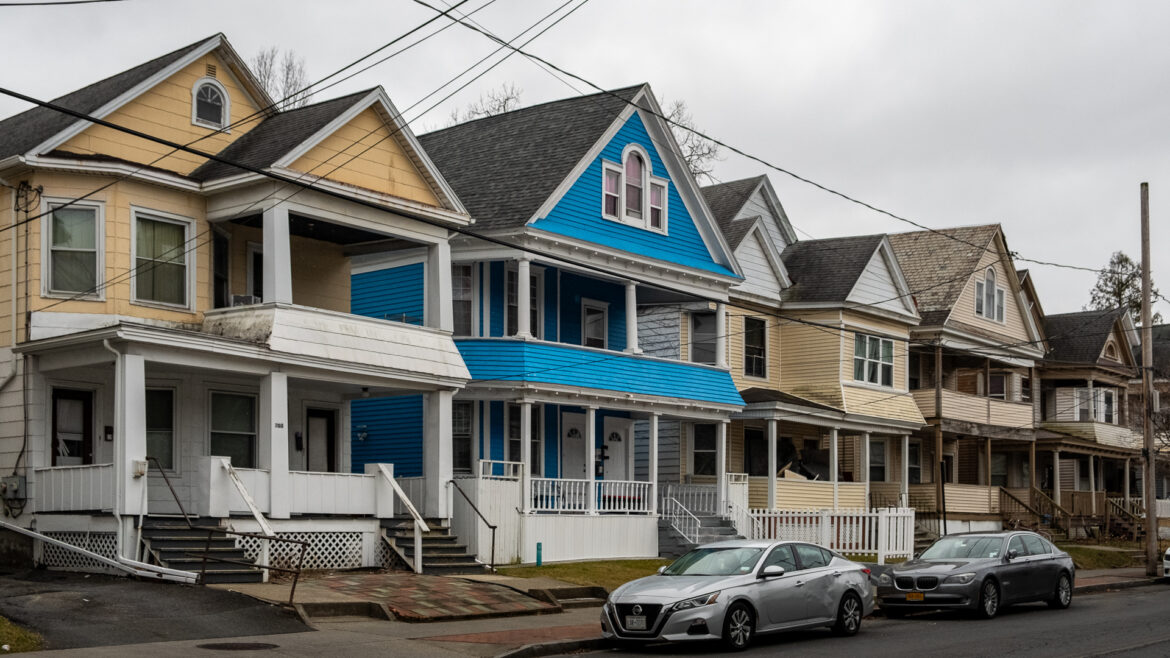
Adi Talwar
Houses in Albany, one of the localities that’s sought to opt into rent stabilization since 2019.A pair of state lawmakers introduced a bill Tuesday that would make it easier for localities outside New York City to adopt rent stabilization, expanding the criteria for town and cities to show they’re experiencing a housing emergency.
Under current rules, local governments can only opt into rent regulation if they conduct a survey to prove their housing vacancy rate is below 5 percent—what lawmakers say makes sense for a large, well-resourced place like New York City, where rent stabilization has for decades provided tenants in around 1 million regulated apartments to lower-than-market rents.
But many smaller cities and towns around the state “that are strapped for resources, are unable to do vacancy studies and withstand prolonged lawsuits the real estate industry uses as a tool,” said Hudson Valley Assemblymember Sarahana Shrestha, who co-sponsored the bill with State Sen. Brian Kavanagh.
Their proposal, dubbed the the Rent Emergency Stabilization for Tenants Act (REST), would maintain the option of a housing survey while also letting localities outside of New York City demonstrate they’re in a “housing emergency” through other data, such as the area’s eviction rate, homeless shelter population or renters’ housing cost burdens, according to a press release.
It would also let cities and states beyond the five boroughs regulate housing in smaller buildings, and exempt any properties built or significantly renovated in the last 15 years—unlike New York City’s rent stabilization rules, which generally apply only to buildings with at last six units and exclude those constructed after 1974.
“The REST Act would broaden the criteria for declaring a housing emergency, to reflect the ways in which people actually experience the housing market and the crisis that many communities face,” Kavanagh said in a statement.
The proposal comes six years after major state reforms passed in 2019 allowed any New York city or state to adopt rent regulation, as long as their housing vacancy rate was low enough. Since then, a number of localities upstate have opted into stabilization, or tried to, though the process has been saddled by bureaucratic hurdles, as well as legal challenges from property owner groups.
The REST Act is likely to face similar resistance. Rich Lanzarone, the executive director of the Hudson Valley Property Owners Association—which has fought rent regulation campaigns in Kingston, Newburgh and Poughkeepsie—called the bill “an assault on mom-and-pop landlords,” in a statement to the Albany Times Union, which first reported on the legislation.
But advocates say the changes are needed to address rising homelessness and housing costs.
“Tenants are half the state and need immediate solutions to the cost-of-living crisis,” Cea Weaver, director of the Housing Justice for All Coalition, said in a statement about the bill. “Families across New York are living in fear of their next rent hike because price-gouging landlords and corporate real estate developers are raising rents sky-high.”
To reach the editor, contact Jeanmarie@citylimits.org
Want to republish this story? Find City Limits’ reprint policy here.


